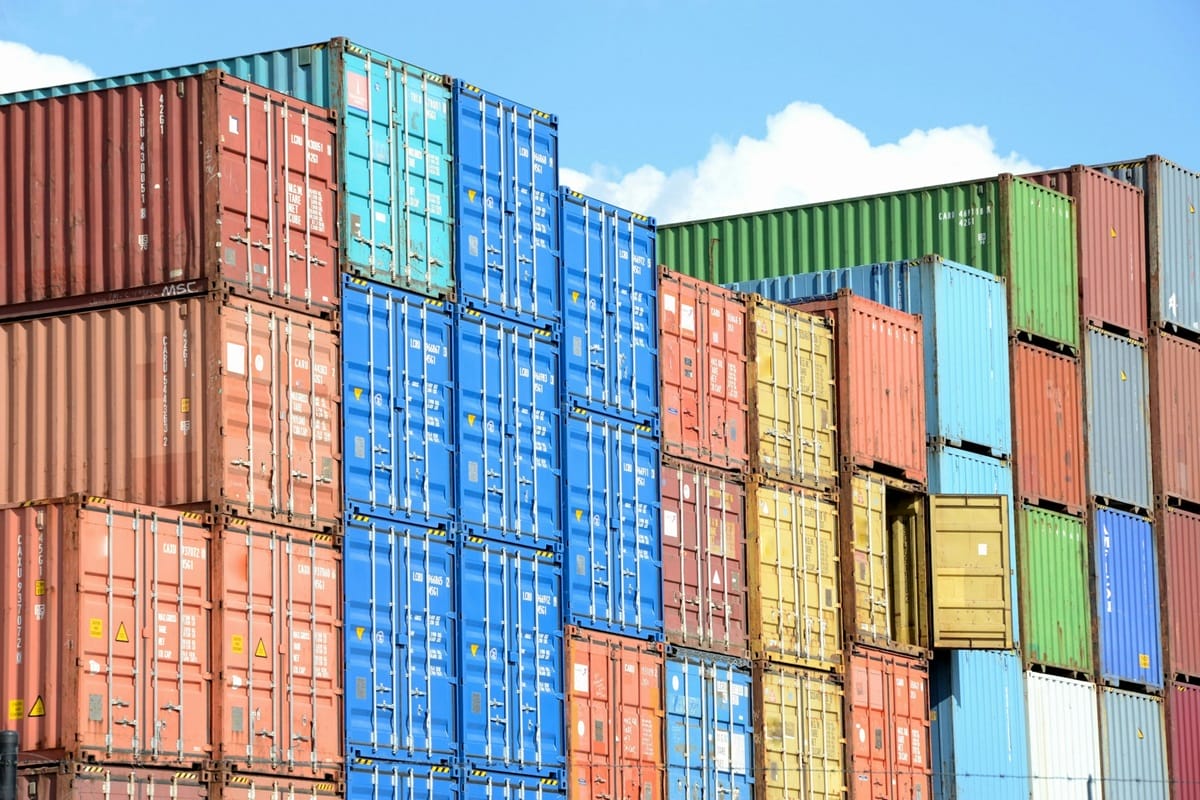President of the United States Donald Trump said on Friday, January 31, that he would impose tariffs on a wide range of imported goods, including oil and metals, in the coming months.

The mentioned statement by Mr. Trump indicates that he is scaling up his plans to tighten Washington’s trade policy measures. In this case, the initial plans for levies, which will affect China, Mexico, and Canada as early as Saturday, February 1, are being expanded.
On Friday, during the signing of the executive order on deregulation in the Oval Office, Donald Trump said that in the context of tariffs, Washington would pay attention to pharmaceuticals and drugs, medicines, etc, all forms of medicine and pharmaceuticals. Moreover, he noted that it is very important that in this case attention will be paid to the production of steel, chips, and things associated with microcircuits.
Mr. Trump has announced his intention to put tariffs on chips. He also noted that similar trade policy measures will affect oil and gas. According to him, it will happen very soon. In an appropriate context, he referred to February 18 as a kind of deadline. At the same time, this date was not named by Mr. Trump as final or official.
Moreover, the president of the United States has indicated his intentions to impose a lot of tariffs on steel.
Donald Trump said that China, Canada, and Mexico can do nothing to forestall the more immediate levies. In this context, he noted that the mentioned trade measures against the specified countries are related to the fact that Beijing, Ottawa, and Mexico City failed to prevent the flow of undocumented migrants and illegal drugs such as fentanyl across the borders of the United States.
Mr. Trump also told reporters that the US would be doing something very substantial with tariffs targeting the European Union.
The statements made on Friday do not confirm the preliminary forecasts that Donald Trump will use the tariff threat as a negotiating tool from positions advantageous to Washington. Moreover, in this case, at the official level, Mr. Trump actually signaled that the initial plans for levies are most likely not the only set of measures in the framework of the process of tightening the trade policy of the United States.
In the framework of tariffs intentions, Washington is targeting Brussels. Many people talked about the likelihood of such actions, but not everyone believed that this would eventually happen. There are also reliable indications that Washington plans to impose tariffs on the commodity and technology sectors. In the mentioned sectors, the United States competes.
Against the background of Donald Trump’s statements, oil prices rose in late trading. West Texas Intermediate advanced to $73.33. Before that, the mentioned figure was $72.53. Copper futures in New York erased some of the daily losses for a short time.
Also on Friday, Donald Trump said that the upcoming tariffs will stack on top of any existing levies. Besides, Mr. Trump noted that he would seek to lower the rate on oil as part of the tariffs scheduled for Saturday.
The President of the United States has vowed 10% tariffs on goods imported from China. Donald Trump also said that the corresponding figure would be 25% for products shipped from Canada and Mexico. The President of the United States underlined that he is probably going to reduce the tariff a little bit on that.
Mr. Trump noted that additional tariffs targeting oil and gas may be imposed on February 18.
As for the sectoral tariffs that were pledged by Donald Trump, these measures relate to chips, steel, aluminum, copper, and pharmaceuticals. In this case, Washington is attempting to reshape the supply chain and force manufacturers to shift production facilities to the United States. It is still unknown when the mentioned sectoral tariffs will take effect. The media noted that Friday’s statements indicate that Donald Trump intends to impose appropriate measures quickly.
It is possible that the tariff threat, which has already expanded, will become even more widespread. In the relevant context, it is worth mentioning that Donald Trump ordered to prepare reports on general trade issues and tariffs by April 1, which could lead him to trigger new levies or to quit the continental trade pact he renegotiated with Canada and Mexico during his first presidential term, which lasted from 2017 to 2021.
Moreover, Mr. Trump’s administration is also investigating whether China complied with the terms of the trade deal struck during his first term as president. It is worth noting that the mentioned deal set the stage for tariffs against the specified Asian country, which economic system is currently the second-largest in the world.
Liu Pengyu, a spokesperson for China’s embassy in Washington, said that the economic ties between China and the United States are essentially mutually beneficial and win-win. In this context, it was also noted that if there are differences and frictions between the two sides, they should be resolved through dialogue and consultations. Liu Pengyu stated that there is no winner in a trade or tariff war that serves the interests of neither side nor the world.
It is worth noting that for China, the measures announced by Donald Trump will become a factor of negative sensitive impact. Currently, the economic system of the Asian country is not going through the best period in its history. Beijing is facing challenges such as a prolonged crisis in the real estate sector, weak domestic consumer demand, and falling investor confidence. In the second half of last year, the Chinese authorities announced a set of measures aimed at stimulating economic activity. The relevant actions clearly signal the significant complexity of the current state of affairs in the Asian country’s economy. In the context of the present situation, exports are actually the main driving force behind the upward dynamic of China’s gross domestic product (GDP). It is obvious that the tightening of Washington’s trade policy will be a sensitive blow to shipments of products from the Asian country. The Chinese economy, which continues to grow despite the difficulties, will lose some of its upward momentum in the face of the new tariff reality.
It is worth noting that experts, through the prism of an alarming perception, assess the most likely consequences, in their opinion, of the materialization of measures to tighten Washington’s trade policy. They warn that the tariff intentions announced by Donald Trump will cause an increase in prices for materials used by US manufacturers in the course of their activities. Moreover, experts note that the price increase will not be limited to the mentioned category of goods and will become a large-scale process. The implementation of the corresponding scenario means an intensive increase in inflation, which consumers in the United States have already become quite tired of. Experts also warn that the tariff policy announced by Donald Trump will reduce global trade flows. The formation of such a situation will obviously provoke an increase in tension in the world’s trading space as a whole, which will worsen the current geopolitical situation, in which the condition of cooperation between world capitals is consistently deteriorating. Experts also stated the likelihood of retaliatory measures as a reaction to tightening Washington’s tariff policy. Such actions are realistic and there are already some kind of precedents for this. For example, China has banned shipments of certain minerals to the United States in retaliation for Washington’s decision to restrict exports of advanced chips and equipment for the manufacture of microcircuits of the appropriate category to the Asian country.
At the same time, Donald Trump is optimistic about the prospects of his tariff intentions. He is convinced that the implementation of the mentioned measures will contribute to the renaissance of domestic production. Donald Trump also talked about tariffs as a source of revenue. He seeks to renew and expand expiring tax cuts and approve a host of other credits and benefits.
Donald Trump said he was not concerned about economists’ warnings that tariffs would drive up prices. In this context, he noted that tariffs do not cause inflation.
Donald Trump likened trade barriers to a physical wall similar to the one he championed along the US-Mexico border during his first term as president.
Mr. Trump said that Washington will be doing pharmaceuticals to bring its industry back. He noted that his administration wants to bring pharmaceuticals back to the country, and the way to do this is by putting up a wall—and the wall is a tariff wall.
It is worth noting that recently there have been suggestions that the final intentions regarding tariffs, which were repeatedly announced in 2024 as one of the central components of Donald Trump’s election rhetoric, will be less ambitious compared to the initial plans. Mr. Trump’s statements on Friday signal that the mentioned intentions are likely not only to be fully implemented but will also turn out to be broader in the end.









